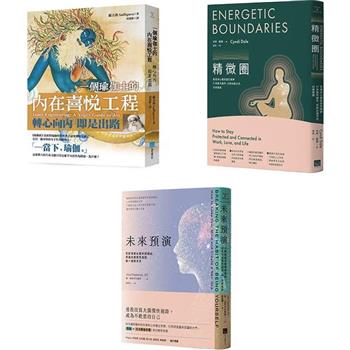Introduction: Ganglionic forms of tuberculosis often escape diagnosis by conventional tests. Our aim was to evaluate the performance of the tuberculin skin test in the diagnosis of active tuberculosis in Tunisia, using ROC curve methodology. Methodology: This was a multicenter case-control study that was conducted in 11 tuberculosis clinics(DAT) in Tunisia in 2014. Results: In total, we included 1053 patients divided into 339 cases and 714 controls. The mean diameter of the tuberculin TST induration was significantly higher in cases than in controls(13.7mm vs.6.2mm;p=10-6).The area under the curve(AUC )was 0.789[95% CI:0.758-0.819;p=0.01], corresponding to a moderate discriminating power for this test. The most discriminative threshold value for the diameter of the induration of the intradermal tuberculin reaction, associated with the best sensitivity (73.7%) and specificity (76.6%), was 11 mm, with a Youden index of 0.503.Conclusion: We can conclude that the tuberculin skin test can be used to diagnose tuberculosis with good sensitivity and specificity. However, its interpretation and reading remain difficult and highly subjective.
| FindBook |
有 1 項符合
Tuberculin skin test的圖書 |
 |
Tuberculin skin test 作者:Nouira 出版社:Our Knowledge Publishing 出版日期:2024-11-28 語言:英文 規格:平裝 / 68頁 / 22.86 x 15.24 x 0.41 cm / 普通級/ 初版 |
| 圖書館借閱 |
| 國家圖書館 | 全國圖書書目資訊網 | 國立公共資訊圖書館 | 電子書服務平台 | MetaCat 跨館整合查詢 |
| 臺北市立圖書館 | 新北市立圖書館 | 基隆市公共圖書館 | 桃園市立圖書館 | 新竹縣公共圖書館 |
| 苗栗縣立圖書館 | 臺中市立圖書館 | 彰化縣公共圖書館 | 南投縣文化局 | 雲林縣公共圖書館 |
| 嘉義縣圖書館 | 臺南市立圖書館 | 高雄市立圖書館 | 屏東縣公共圖書館 | 宜蘭縣公共圖書館 |
| 花蓮縣文化局 | 臺東縣文化處 |
|
|
圖書介紹 - 資料來源:博客來 評分:
圖書名稱:Tuberculin skin test
|






![塔木德:猶太人的致富聖經[修訂版]:1000多年來帶領猶太人快速累積財富的神祕經典 塔木德:猶太人的致富聖經[修訂版]:1000多年來帶領猶太人快速累積財富的神祕經典](https://media.taaze.tw/showLargeImage.html?sc=11100697818)




